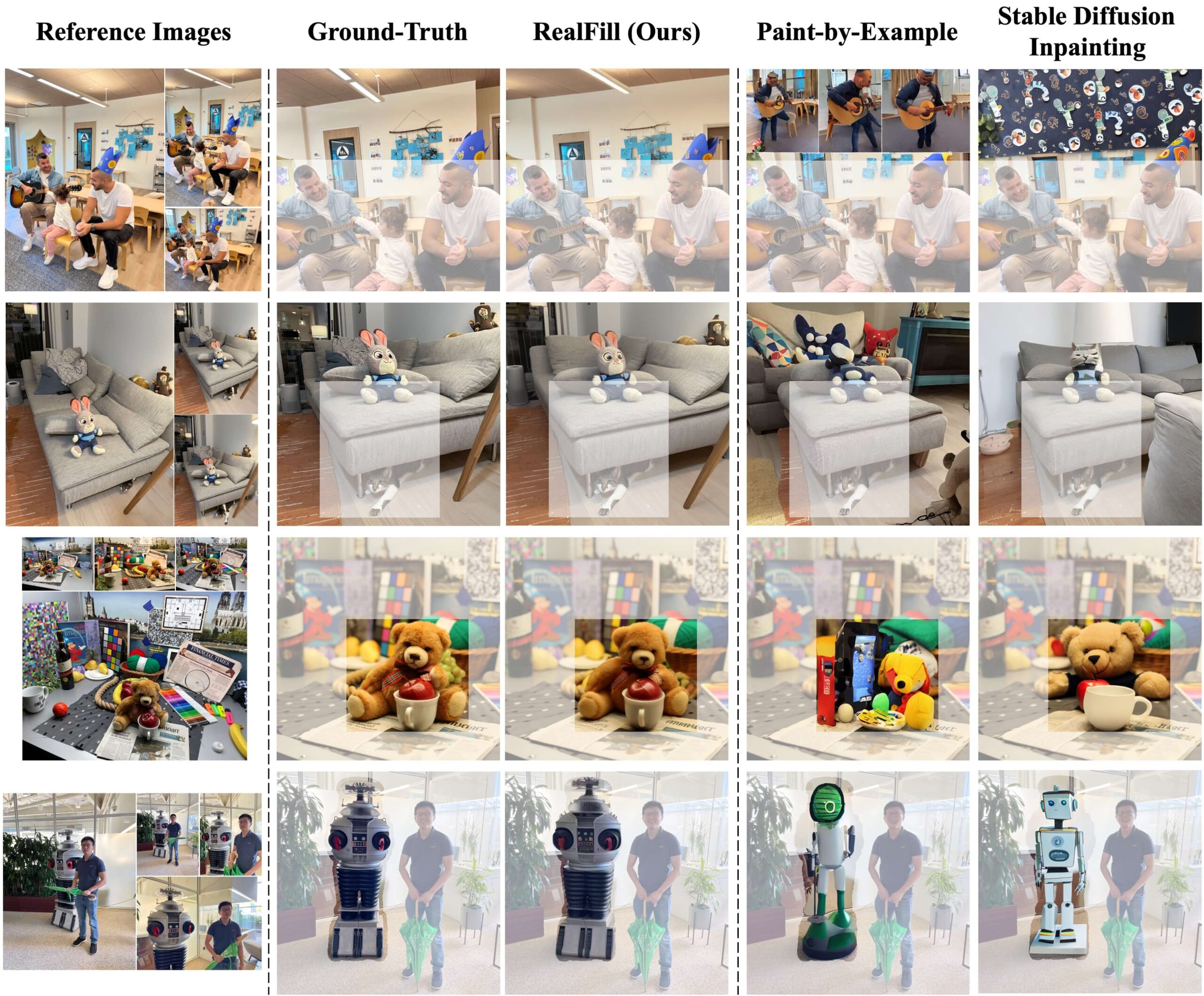Key to Next-Generation AI
Artificial Intelligence (AI) has drastically evolved over the years. Among multiple facets of AI, an interesting and pivotal topic is Prompt Engineering. It plays a critical role in making highly sophisticated models like GPT-3 more efficient and effective. Let’s dive into the fascinating world of prompt engineering.
What is Prompt Engineering?
In the context of machine learning, a ‘prompt’ refers to the input given to a model to generate a desired output. So, ‘Prompt Engineering’ is the art and science of designing those inputs to produce optimal outputs from AI models.
Importance of Prompt Engineering
Prompt engineering enables us to guide machine learning models in specific directions. With carefully crafted prompts, we can creatively bias the AI behavior. This becomes especially important with large language models like GPT-3 where direct fine-tuning for every task isn’t feasible or economical.
Understanding with Examples
Consider a chatbot. Do you wish your bot to speak like Shakespeare? Then, instead of retraining the whole model, subtly craft your prompts to evoke the targeted style. For instance, if we say _”Prithee, tell me the current weather conditions”_, it nudges the chatbot towards a Shakespearian response.
Techniques in Prompt Engineering
Some key techniques used widely involve:
1. Experimentation: Try various prompt types and formats to see what produces the desired results.
2. Anchoring: Emphasize certain parts of prompts, instructing the model to focus on them.
3. Templating and Formatting: Set up pre-determined structures that instruct the model on how to respond.
Challenges of Prompt Engineering
Despite its potential, prompt engineering comes with challenges — it requires deep domain expertise, extensive engineering time, and computational resources for experimentation. Furthermore, even best-crafted prompts may sometimes yield unpredictable responses due to inherent model biases and heuristics.
Looking Ahead
As AI advances, the field will likely leverage automated strategies for prompt generation, reducing the effort and expertise required. We’ll also see more research on how to mitigate challenges and enhance the efficiency of current practices.
To sum up, prompt engineering is a promising domain within AI that offers an efficient mechanism to guide AI behavior as per our needs. It’s an essential tool in the hands of developers that unlocks the full potential of large AI models, granting them the power to harness AI capabilities for various use cases.




